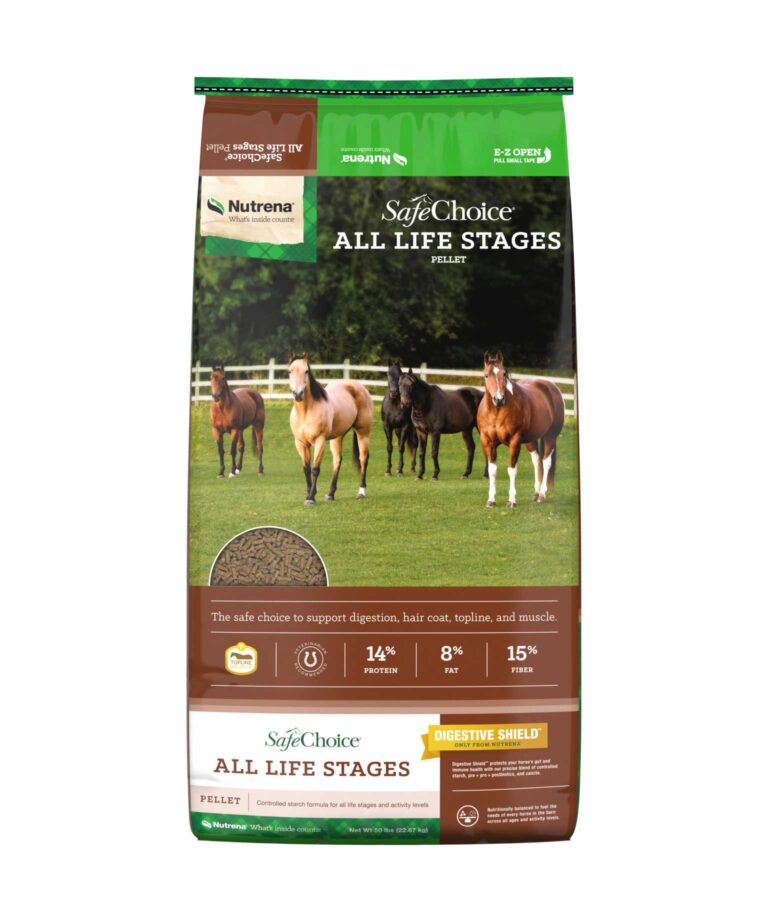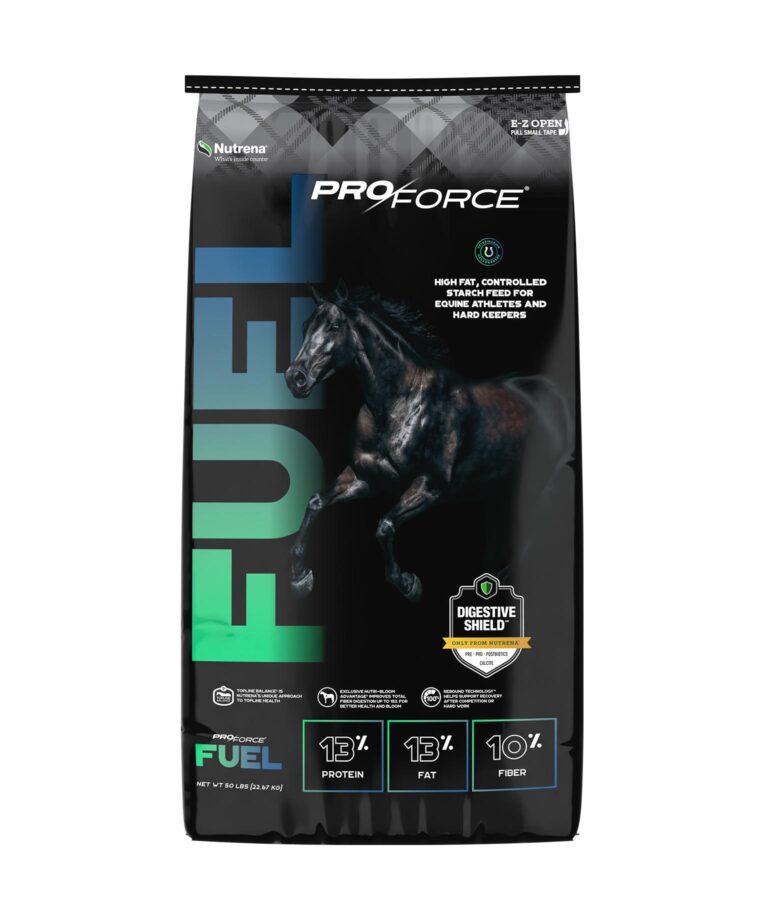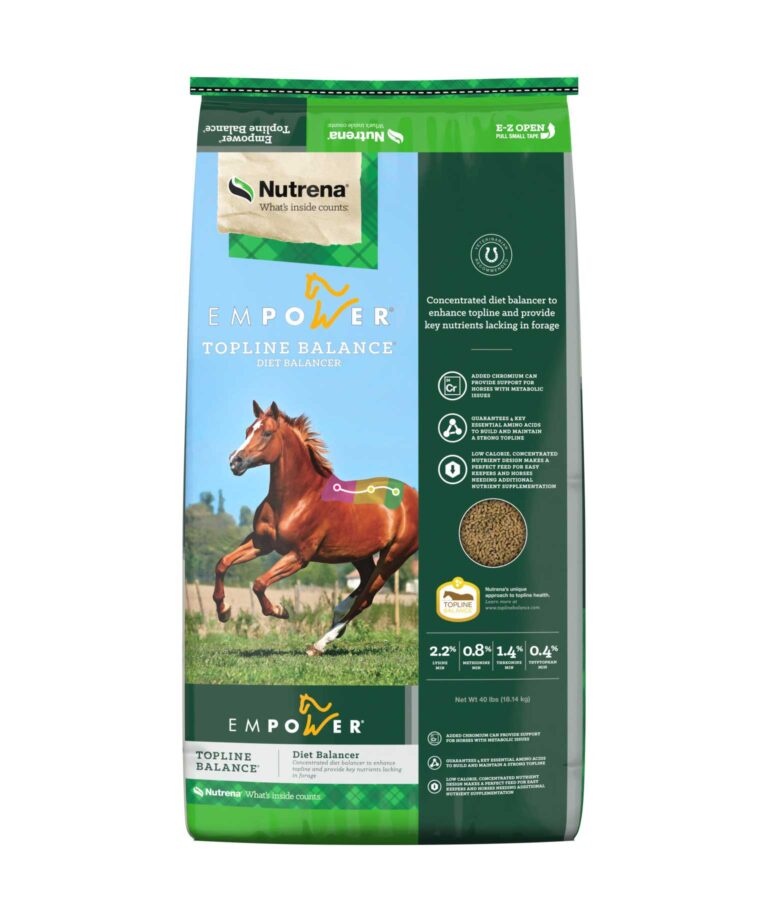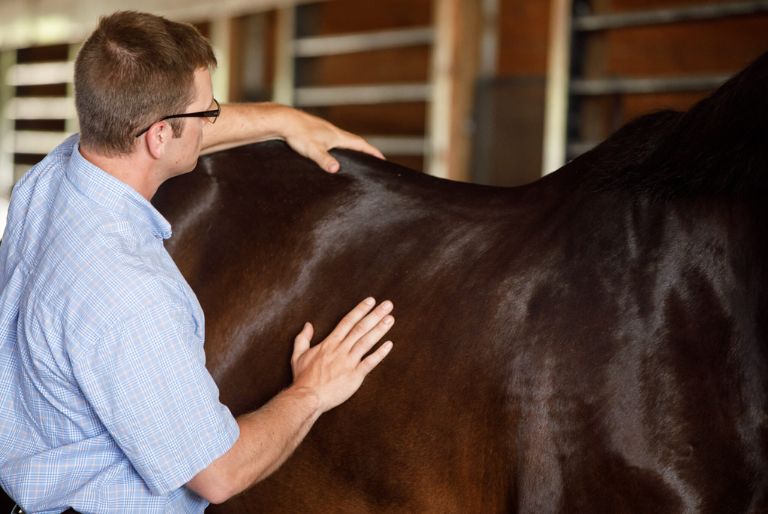Amino Acid Requirements for Horses
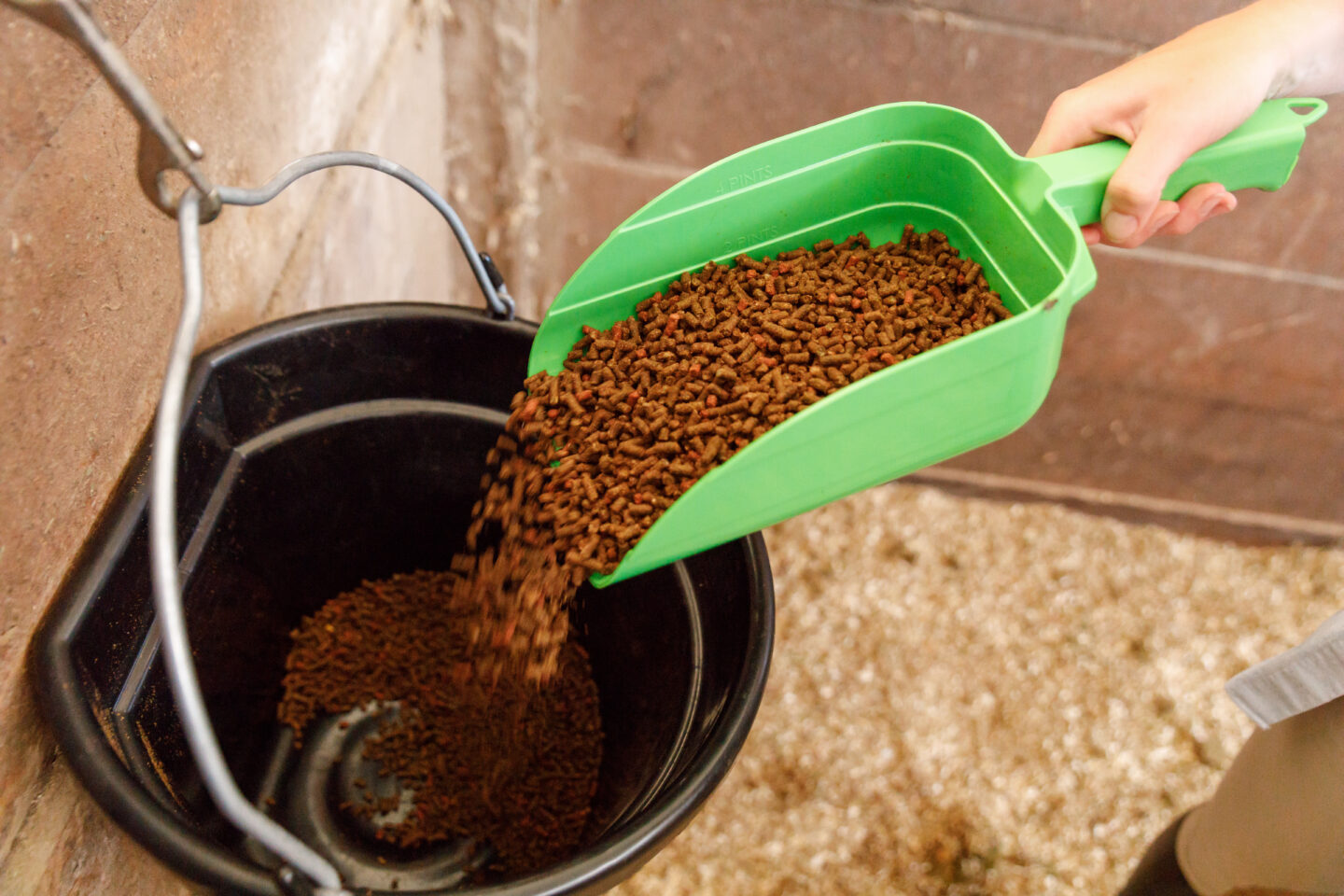
In order to fuel, repair, and recover muscle, equine diets must optimally contain a superior amino acid profile, including all 10 of the essential amino acids.
Most horse owners can quickly name the crude protein level in the feed they provide their horses. But, what horse owners really need to know about is the amino acid content.
Essential and Nonessential Amino Acids
Amino acids constitute protein, much like how links form a chain. There are two basic categories of amino acids: Essential and nonessential.
The horse cannot produce essential amino acids in its digestive tract, so it needs to obtain them through the diet. Nonessential amino acids, however, can be synthesized internally.
Understanding Limiting Amino Acids:
Some amino acids are known as “limiting” amino acids. If a horse lacks this amino acid type, it cannot utilize the remaining amino acids in the feed.
If the horse has enough of the first most-limiting amino acid, but then runs out of the second most-limiting amino acid, it can’t use the remaining amount of the third most limiting, and so on.
In horses, the first three most-limiting amino acids, in order, are lysine, methionine and threonine. In general, if these three amino acids are adequately present, the ingredients used also supply the remaining amino acids sufficiently.
Guaranteed Amino Acid Analysis and Balanced Feeds
It is increasingly common to see these three amino acids listed on the guaranteed analysis of horse feed tags, as it is an indication of the quality of the protein sources and the balanced nature of the feed.
If you are looking for a feed that may help impact topline, be sure to look at the guaranteed analysis on the feed tag. Specific Nutrena feeds such as SafeChoice products, ProForce products, and Empower Topline Balance guarantee and specify amino acid levels on the tag.
The amino acids included in Nutrena’s Topline Balance products are included in specific amounts and ratios. Research has shown that this specific combination and type of amino acids help to support a healthy topline.
Guaranteed amino acids on the tag is a good starting point. Let the horse tell you if the feed is working by regularly evaluating and noting changes in topline condition.

